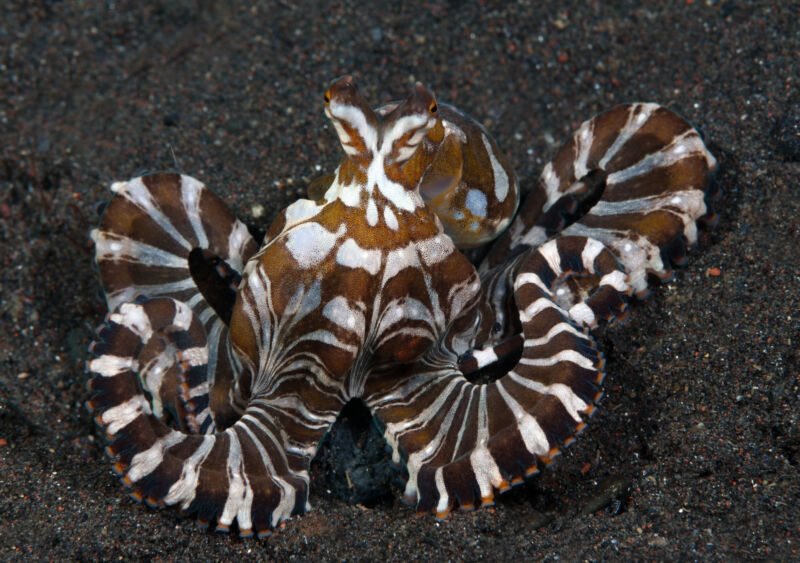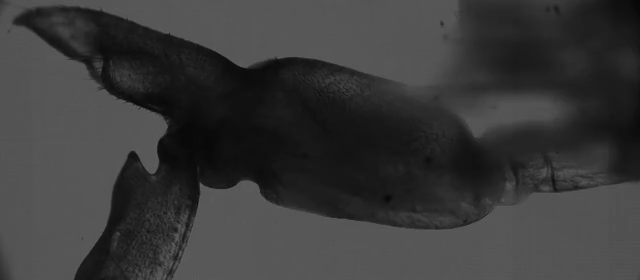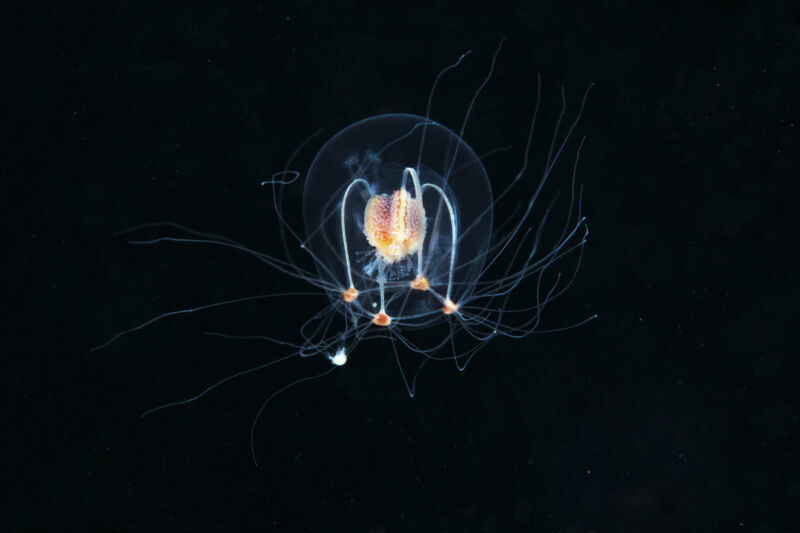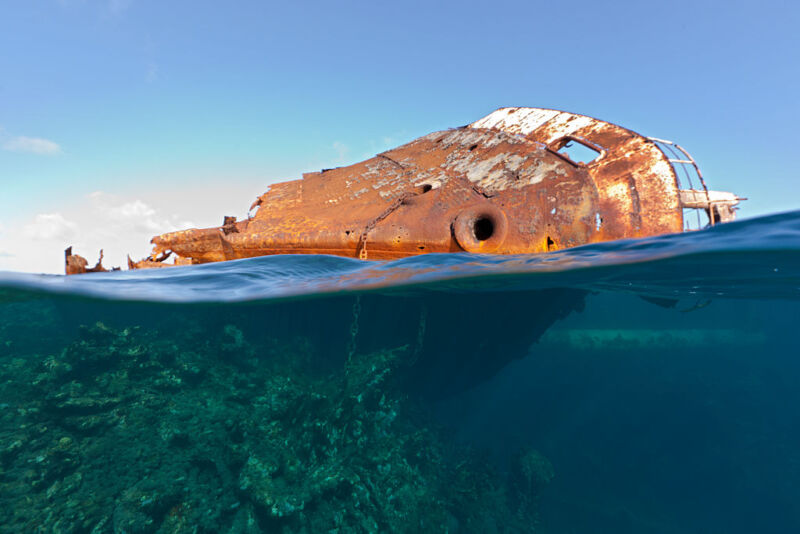-
 chevron_right
chevron_right
Barnacles could hold key to finding wreckage of Malaysia Airlines MH370
news.movim.eu / ArsTechnica · Thursday, 24 August, 2023 - 21:37 · 1 minute

Enlarge / Malaysia Airlines flight 370 disappeared in 2014 somewhere over the Indian Ocean. Scientists have reconstructed a possible debris origin point and drift path by extracting information about ocean temperatures from barnacle shells. (credit: Laurent Errera/CC BY-SA 2.0 )
It's one of the biggest mysteries in modern aviation history. In March 2014, Malaysia Airlines flight MH370 took off from Kuala Lumpur International Airport en route to Beijing and lost communication about 38 minutes into the flight. Military radar tracked the aircraft as it veered off course before the signal (and the plane) disappeared somewhere over the Andaman Sea and Indian Ocean.
All 12 crew members and 227 passengers were presumed dead, and search-and-rescue efforts yielded no signs of the doomed plane apart from a few pieces of debris that washed up on coastal shores months later. Now, scientists have partially reconstructed the possible origin and drift path of that debris via a novel means: extracting data about ocean temperatures stored in shells of barnacles, according to a new paper published in the journal AGU Advances.
“Knowing the tragic story behind the mystery motivated everyone involved in this project to get the data and have this work published,” said co-author Nasser Al-Qattan , who recently received his PhD from the University of South Florida. “The plane disappeared more than nine years ago, and we all worked aiming to introduce a new approach to help resume the search, suspended in January 2017, which might help bring some closure to the families of those on the missing plane.”





